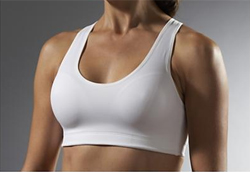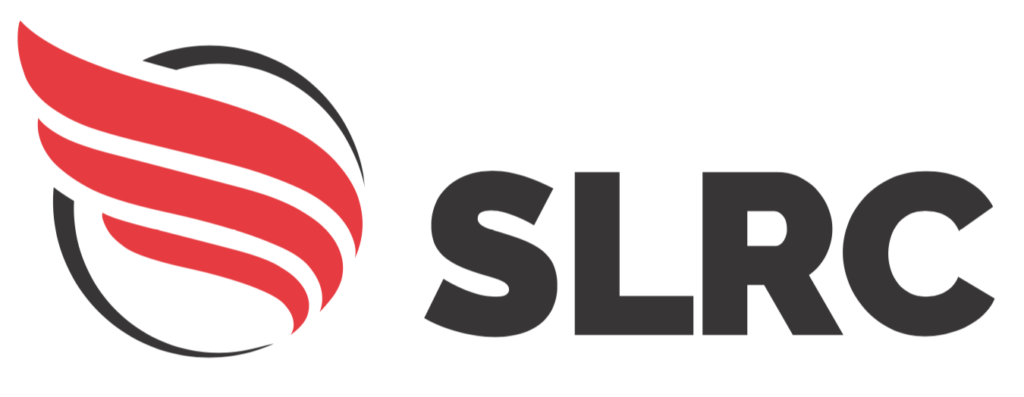A good sports bra is not something to ignore. Any woman can tell you how bad having the wrong bra can be, so why don’t women pay very much attention to have the right one? Well, there are several reasons. The majority of women don’t know what they need and do not know that there are different bras designed for different sports. There are low-impact, medium-impact, and high-impact bras.
 Most women, especially larger breasted women are not aware of sport bra styles that are designed specifically for them. Also women don’t understand that a sports bra is meant to be supportive and should fit tighter than a lingerie bra. Women should get a proper size and fit to insure the most comfort and support.
Most women, especially larger breasted women are not aware of sport bra styles that are designed specifically for them. Also women don’t understand that a sports bra is meant to be supportive and should fit tighter than a lingerie bra. Women should get a proper size and fit to insure the most comfort and support.
Most women typically use a sports bra for far too long. A good sports bra usually only lasts 6-12 months depending on usage, frequency, and types of sport activity. The elastic band tends to breaks down after constant washing and wearing.
When thinking about a good bra and what it must support, I want you to picture a few things for me. A woman with an ‘A’ cup size carries and needs to support two tennis balls on the front of her as she is running; a ‘B’ cup, two soft balls; a ‘D’ cup carries two three pound exercise balls, and a ‘DD’ cup size, carries around two-five pound exercise balls- 10 lbs- on her chest when she goes running. Imagine the support needed from a bra to carry around two 5-lb balls on you chest! Now is it clear why the proper sports bra is essential equipment for women.
Support and control from a sports bra is critical! Breast movement is uncomfortable, sometimes even painful and can damage breast tissue. A good sports bra will minimize movement in all directions. Even the smallest cup sizes are subject to the stress of varying levels of impact and need the best support possible. As women age, breast tissue becomes softer and support is even more important to relieve pain and discomfort.
There are two methods of support and control in sports bras: compression and encapsulation. Some bras contain both kinds for additional support.
In a compression bra, breast tissue is redistributed and pressed against the chest wall to limit motion. Sometimes these bras are referred to as the “uniboob” bras because of the look you get from them. These compression bras are usually the least expensive and the least supportive. Most compression bras are only supportive enough for A cup and small B cup sizes. Anyone over a 34B should consider stepping up to a more supportive bra to insure the proper support needed for running.
The encapsulation bra cups surround each individual breast to control breast motion. This bra gives support along with shaping for the breasts. A true encapsulation bra will look as though it is on a person even when it is sitting in a drawer or hanging on a hanger. However, some bras have an encapsulation layer on the inside and a compression layer outside. There is a small difference in the support of these bras because a true encapsulation bra will be able to support a larger breast size by controlling the movement of each individual breast. The combo bras will be more supportive than the compression on their own but will not be supportive enough for anyone larger than a 34C bra, whereas a true encapsulation bra can be fitted into women with a small D cup such as 32/34D.
Bras for larger breasted women must have a strong foundation or a very strong band at the bottom of the bra to insure the breast doesn’t move. Although a bra for a larger breasted woman is usually an encapsulation bra, it will often look and feel like a compression bra. Just keep in mind the bra must fit very tight to ensure comfort while exercising.
One more thing to add, avoid cotton bras. Cotton will absorb moisture and trap sweat next to the skin. Get a moisture wicking material such as a polyester, or Lycra.
